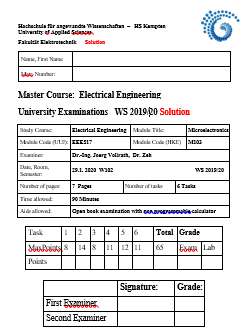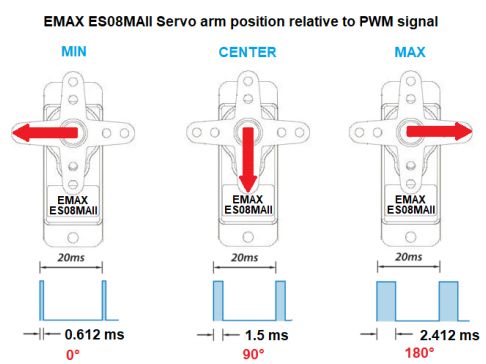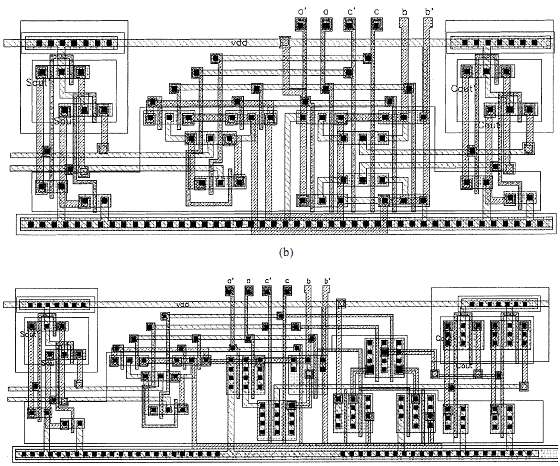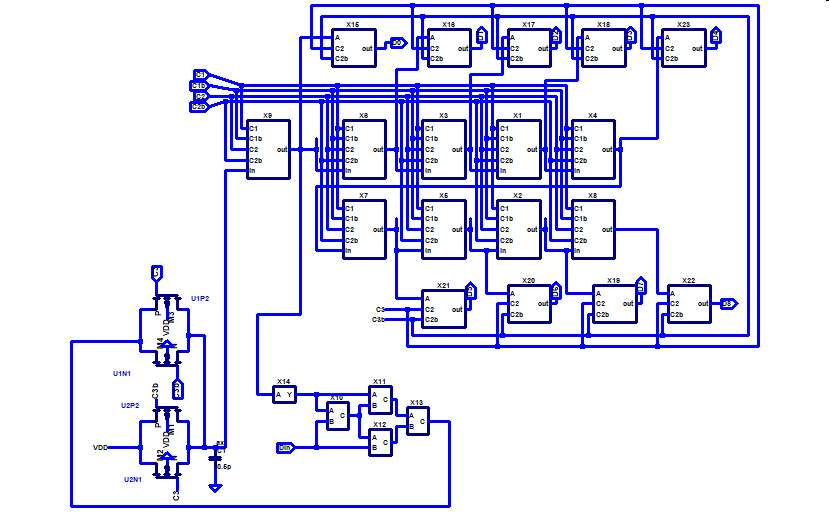Microelectronics |
||
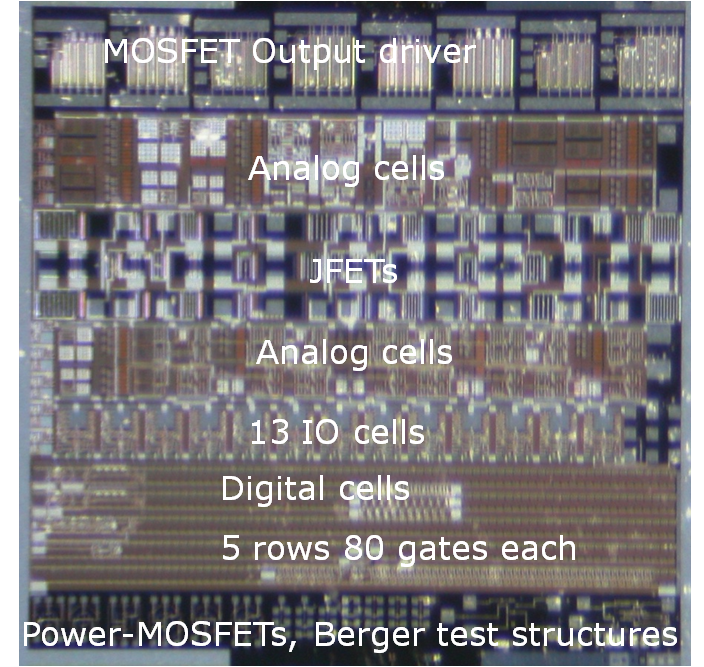
|
Microelectronics deals with design, manufacturing and test of integrated transistor circuits. At the beginning emphasis was on integrating as many transistors as possible in a small area achieving high operating speeds (timing closure). Nowadays in 10 nm technologies manufacturing costs and mask costs are very high and millions of transistors are available. Focus has changed to identify applications where millions of chips are needed (mobile phones) and to be able to build and verify robust circuits with millions of transistors in a short time frame. Microelectronics maintained a steady 30% productivity gain every 2 years over the last 30 years. Semiconductor manufacturing is using roadmaps, data collection and analysis (Big Data), simulation, automation in software and hardware (Industry 4.0) and dedicated test strategies (Design for test) and verification to be successfull. |
|
Strategies in microelectronics:
- Realize any solution and optimize later only when needed: Premature optimization is evil.
- Verify each step as soon as possible: Do simulations and manufacturing data measurement
- Use automation and avoid manual work: Manual work adds possible errors and takes fixed amount of time
- Expect 30% productivity increase every year
- Be right on time: Every year a new product generation is needed. Sometimes advanced products fail.
- Reuse circuits and analyze competitors.
- Any task can be divided into smaller tasks hierarchically until a solution is found.
Lecture
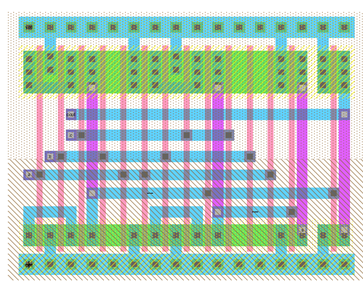
17.03.2025, 24.3.2025
companies, references
Electrical simulation (LTSPICE): LTSPICE
Design and layout: Electric VLSI design system
Reading:
Video Introduction 17.03.2021
Video Laboratory start 22.03.2021
1. Introduction:
Microelectronics, background, course content,companies, references
Electrical simulation (LTSPICE): LTSPICE
Design and layout: Electric VLSI design system
Reading:
Video Introduction 17.03.2021
Video Laboratory start 22.03.2021
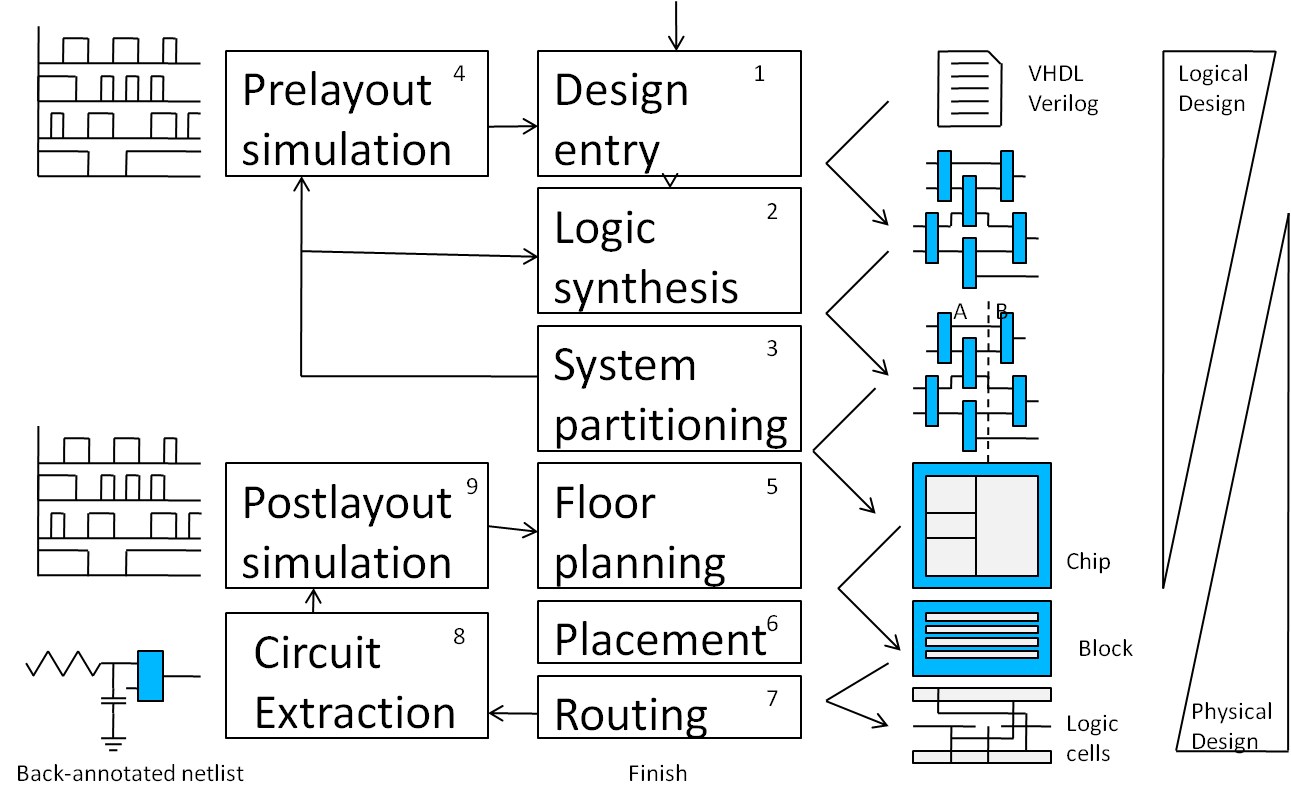
24.03.2025
MOSFET transistor to chip
Reading:
Video Moore, Hierarchy, Inverter 24.03.2021
2. Microelectronics History
Transistor evolution, history, Moore's law,MOSFET transistor to chip
Reading:
Video Moore, Hierarchy, Inverter 24.03.2021
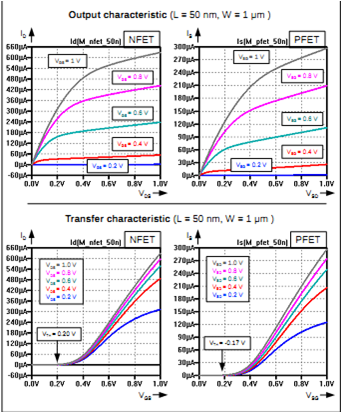
24.03.2025
MOSFET: IV curves, static equation, layout and cross section
Reading:
Video MOSFET 31.03.2021
3. MOSFET
Technologies and SystemsMOSFET: IV curves, static equation, layout and cross section
Reading:
Video MOSFET 31.03.2021
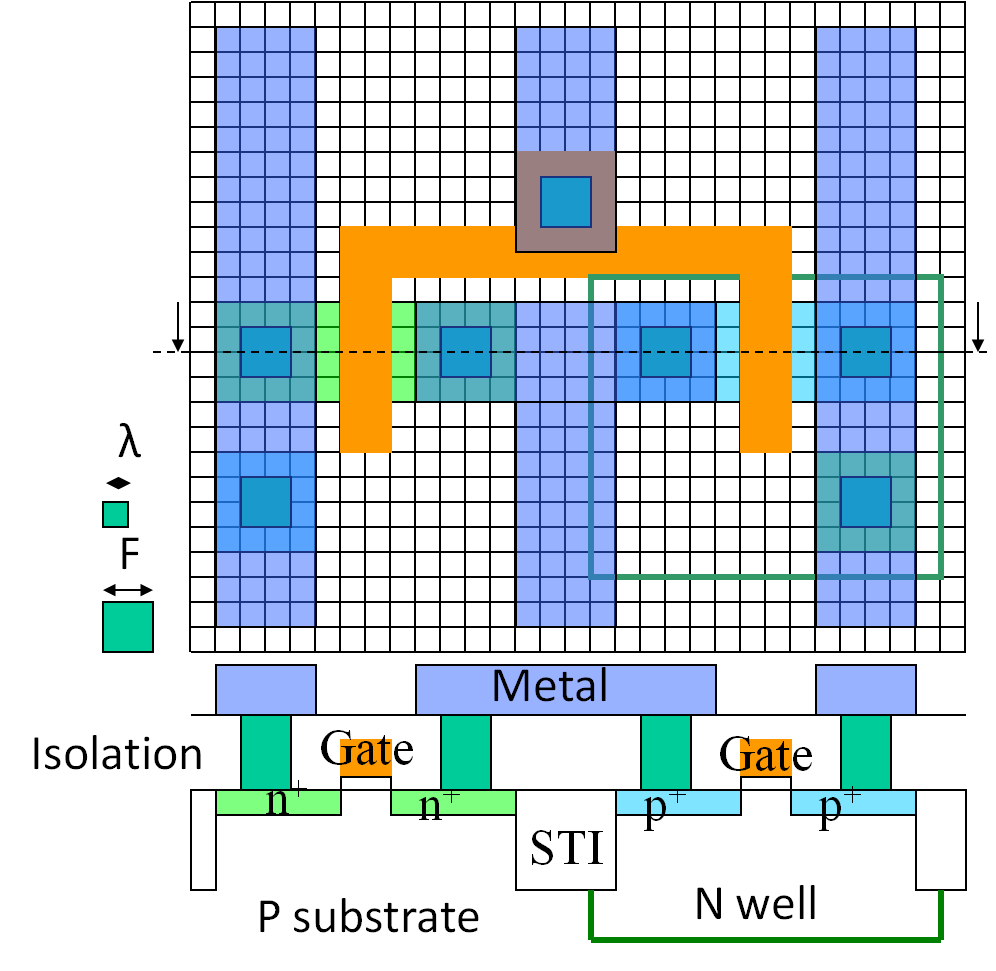
31.03.2025
Inverter, IV curve, propagation delay, Standard cell, pass gate (PG), transmission gate (TG)
Laboratory 01: Design and simulation of 1μm and 50 nm CMOS transistors
Reading:
Video Inverter 14.04.2021
4. MOSFET Inverter:
MOSFET as capacitor, MOSFET switch model(R, C),Inverter, IV curve, propagation delay, Standard cell, pass gate (PG), transmission gate (TG)
Laboratory 01: Design and simulation of 1μm and 50 nm CMOS transistors
Reading:
Video Inverter 14.04.2021
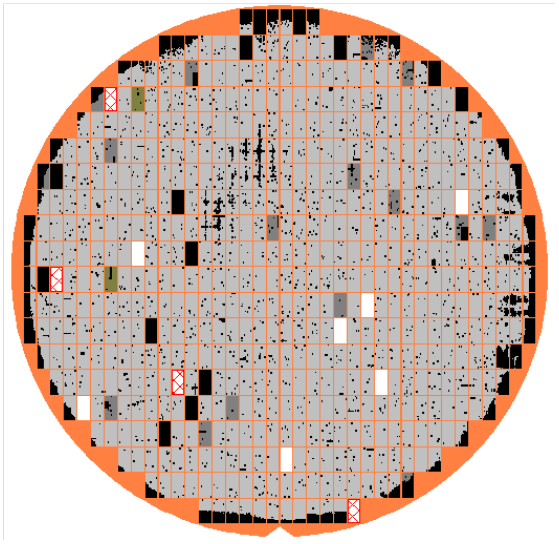
7.04.2025
Yield, fabrication process, top view, cross section
Laboratory 02: Design and simulation of 1 μm and 50 nm CMOS transistors
Reading:
Video Process 19.04.2021
5. IC Manufacturing:
Wafer, chipsYield, fabrication process, top view, cross section
Laboratory 02: Design and simulation of 1 μm and 50 nm CMOS transistors
Reading:
Video Process 19.04.2021
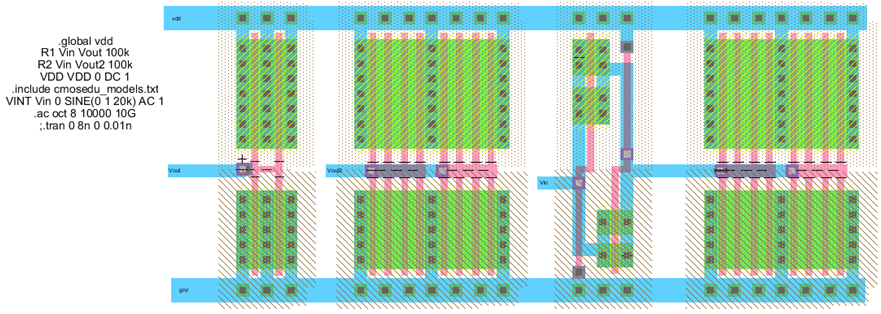
14.04.2025
Laboratory 03: Design and simulation of 1 μm and 50 nm CMOS transistors
Reading:
Video Design Rules 28.04.2021
6. Design Rules and Alignment
Schematic, layout and stick diagramLaboratory 03: Design and simulation of 1 μm and 50 nm CMOS transistors
Reading:
Video Design Rules 28.04.2021
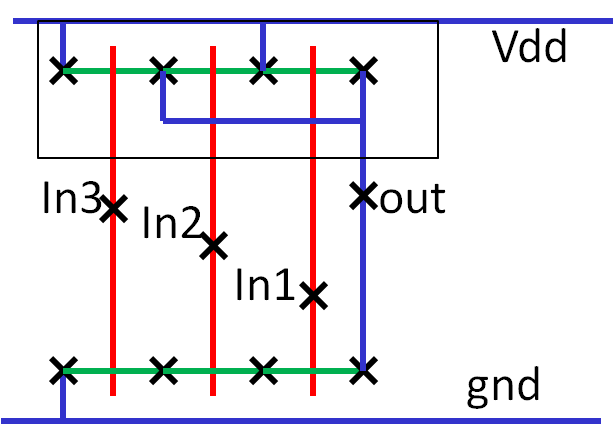
28.04.2025
AOI (AND, OR, INVERT) design style,
Laboratory 04: A CMOS inverter
Reading:
Video RLC and CMOS Logic 5.05.2021
Video Silicon Compiler 10.05.2021
7. RLC in Microelectronics
NAND gate: parasitic resistance and capacitance, RCX extraction From logic gate layout to chip layout,AOI (AND, OR, INVERT) design style,
Laboratory 04: A CMOS inverter
Reading:
Video RLC and CMOS Logic 5.05.2021
Video Silicon Compiler 10.05.2021
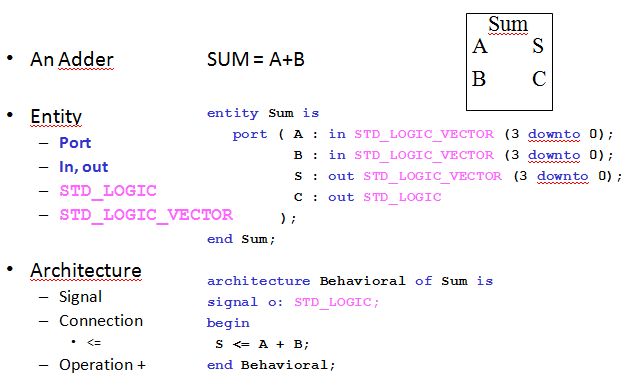
05.05.2025
Cell layout,
System synthesis,
VHDL entity and architecture
Synthesis and silicon compiler
VHDL hardware definition language
Entity, architecture, ports, busses, signals, hierarchy, state machine, test
Laboratory 05: A CMOS inverter
12.05.2021 Video Truth table design style, VHDL
Reading:
17.05.2021 Video Laboratory Multiplier
8. Silicon Compiler: From VHDL to Layout
Unit Transistor,Cell layout,
System synthesis,
VHDL entity and architecture
Synthesis and silicon compiler
VHDL hardware definition language
Entity, architecture, ports, busses, signals, hierarchy, state machine, test
Laboratory 05: A CMOS inverter
12.05.2021 Video Truth table design style, VHDL
Reading:
17.05.2021 Video Laboratory Multiplier
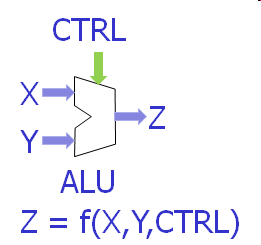
12.05.2025
Delay and pipeline operation
Reading:
Video Delay and power 2.06.2021
Video Laboratory Multiplier 31.05.2021
9. FPGA, VHDL and Delay
ASIC, FPGADelay and pipeline operation
Reading:
Video Delay and power 2.06.2021
Video Laboratory Multiplier 31.05.2021

19.05.2025
Reading:
D-Flip-Flop, state machine 9.06.2021
Video Laboratory Multiplier 7.06.2021
10. Microelectronics System Design
D-Flip-Flop, state machine and scan FFReading:
D-Flip-Flop, state machine 9.06.2021
Video Laboratory Multiplier 7.06.2021
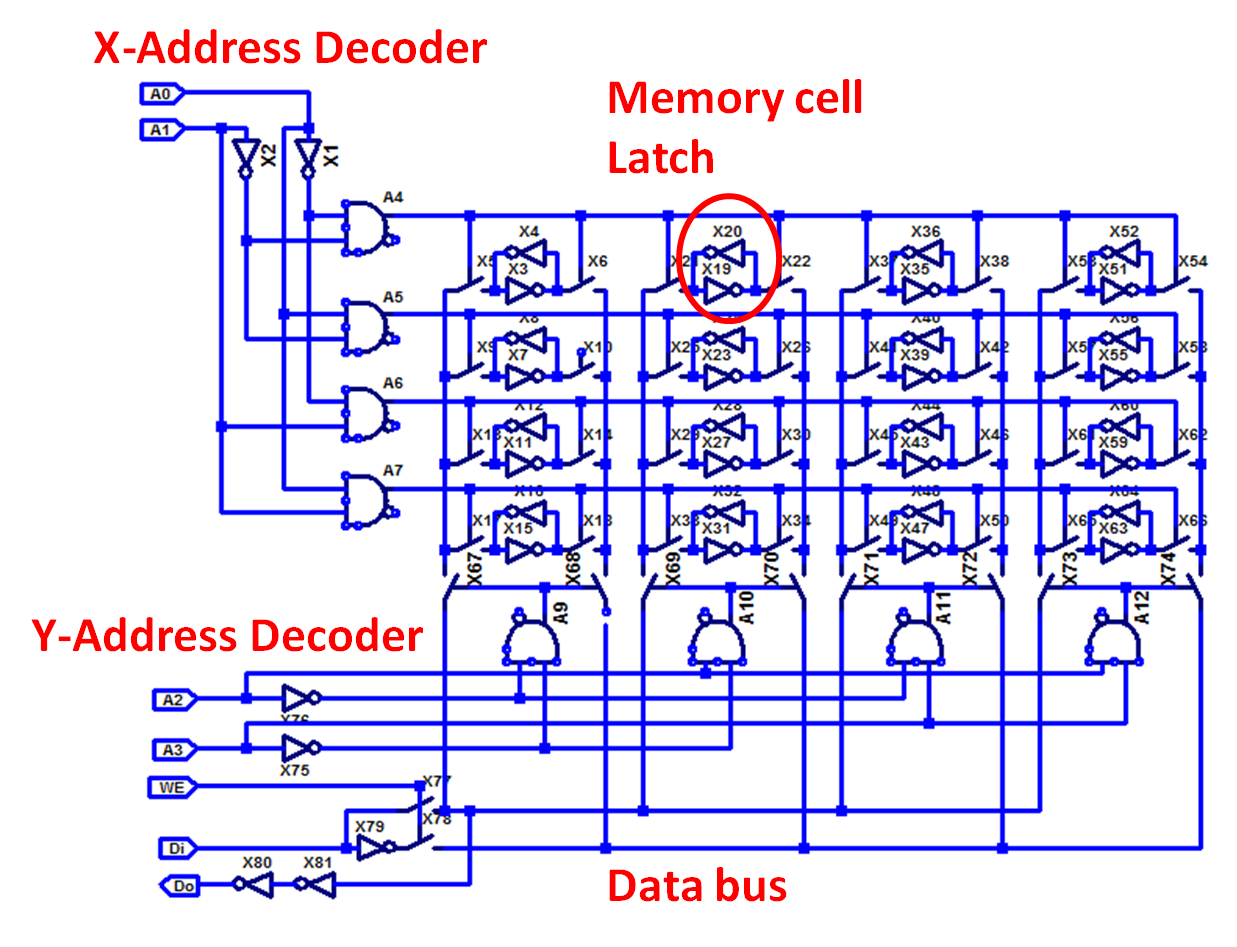
26.05.2025
Example:Samsung 21nm, 48LV, 3 Bit per cell, 256Gb NAND Flash
Reading:
Video Memories 16.6.2021
Video Laboratoray 14.06.2021
11. Memories
SRAM, DRAM, FlashExample:Samsung 21nm, 48LV, 3 Bit per cell, 256Gb NAND Flash
Reading:
Video Memories 16.6.2021
Video Laboratoray 14.06.2021
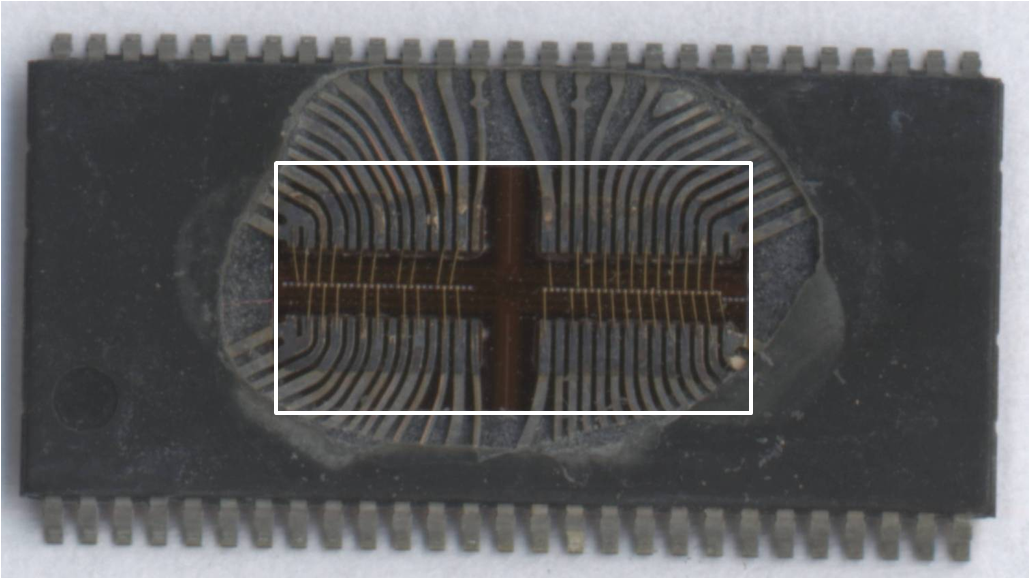
2.06.2025
Input outputs,
Clock
Reading:
Video Power, vdd, clock and input outputs 19.05.2020
Notes about laboratory 20.05.2020
12. Power
Package,Input outputs,
Clock
Reading:
Video Power, vdd, clock and input outputs 19.05.2020
Notes about laboratory 20.05.2020
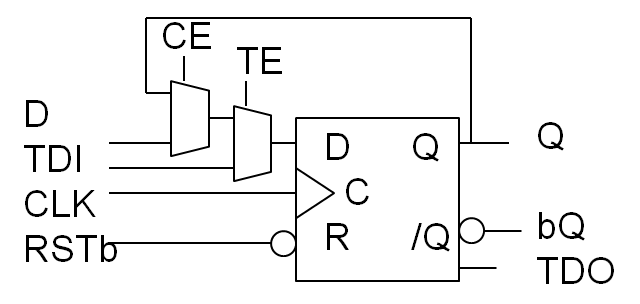
16.06.2025
Challenges of microelectronics
Review
27.05.2020 Laboratory: Progress and Questions
Reading:
Video Design for test, faults, test 26.05.2020
13. Design for Test
DefectsChallenges of microelectronics
Review
27.05.2020 Laboratory: Progress and Questions
Reading:
Video Design for test, faults, test 26.05.2020
